Earth to all virtual classroom trainers, we have a problem! Are you there? Can you hear me?
The participants are not answering questions and interacting with us in our live online sessions! We try and try and yet many virtual trainers complain of resorting to begging and pleading to get people to respond, often exclaiming, “getting them to interact is like pulling teeth!”
I’ve been surveying people for many years asking, “What have you seen the most effective and engaging virtual facilitators do to engage their participants?” The answers always include “asking questions.” We know questions are a powerful way to engage participants, but effectively asking them in the virtual classroom requires intention and skill. Below are 3 common mistakes virtual facilitators make, and importantly, 3 solutions to turn those mistakes around, creating an intentional and invigorating live online program.
ISSUE 1: You are not using the features of the online training technology to your advantage.
SOLUTION: Learn exactly how the technology works and then use it to create the “virtual non-verbal communication” you need!
Too many virtual training sessions rely solely upon the audio or webcams to create interaction. It’s not enough, and people are not comfortable cutting each other off, speaking out-of-turn, being unexpectedly called upon, or staring into a webcam (which feels more like a mirror!) for hours on end.
There are many features beyond audio we can use in the online platforms of today: whiteboard, chat, polling, feedback tools, and breakouts are common. Learn exactly what your tool has and use the features to facilitate the questions. You can download my platform checklists to help you learn!
For example, instead of calling on people to share what the word leader means to them, share a slide with the word leader in the middle. Enable the annotation tools and ask all participants, upon seeing the word leader, to type their first response all around the shared slide. Then call upon people to share over the audio, asking them to explain why, who, and any examples they may have. Link their responses to the learning objectives and the next activity. Using the features in this way helps get everyone involved instead of just the one or two you called upon.
ISSUE 2: You’re asking low level or leading questions which simply ask people to respond rather than to think.
SOLUTION: Ask thoughtful, learning focused questions.
Examine the following script of a low-level question from a typical live online training. “Who knows a great leader? Raise your hand. Great, I see many of you know at least one so let’s move on to how we define a leader.” It’s not a poor choice to deliver this question, though clicking on a green check, red x, or thumbs up, thumbs down is more effective because it gets everyone to respond rather than just those who respond yes. But it’s not enough to stop here.
Try this instead of moving on:
Follow up with an additional question requesting participants explain or share. Use the chat to ask: For those of you who know a great leader, type in the chat one thing they do that makes them great. I’ll call on a few of you to share over the audio.
In this second example, participants are being led to a point rather than thinking for themselves: “Who has worked with a leader who knows how to make you feel important, and you enjoyed working for them so much you stayed on that team longer than originally planned? Raise your hand.”
Try this instead:
“Who has worked with a leader who knows how to make you feel important? Click on the green check to indicate yes, or the red x to indicate no. For those of you who have, what did that feel like? Type your response in chat.”
Call on a few people who have typed answers in chat and ask them follow up questions related to how they felt working for that person. Highlight key points they make by typing them on the slide for everyone to see. Wrap-up by summarizing and bridging to the next key point in the session, using their experiences as relatable data for the program.
ISSUE 3: You’re not listening to their responses, and you’re missing coaching opportunities.
SOLUTION: Facilitate thoughts and ideas rather than giving answers or simply encouraging interaction.
“Great, thank you for all your chats. I agree. We can all be better leaders.” Responses like these stop people from thinking about the topic any further. It’s not enough to ask for a response and then to thank people for having one. It’s even worse to assume you know what each person really meant based on a few words they just typed. Make your learning events less about you and more about your participants by using the following questioning strategy:
- Encourage them to think and reflect on what they have learned, or what really stood out. Type that in a chat or on a whiteboard.
- Ask how they will use what they learned or put into action what stood out. Have them type one action in a chat or on a whiteboard.
- Take it a step further by asking, what will be the impact of your actions? Here are two other ways I often phrase this question: How will this impact your organization? What will change as a result of your action? Again, have them type in chat or on a whiteboard.
Be sure to build time to ask questions and importantly to allow enough time for participants to respond. After all, the training session doesn’t run without participants, so it is up to you to make it about them.
by Kassy LaBorie





